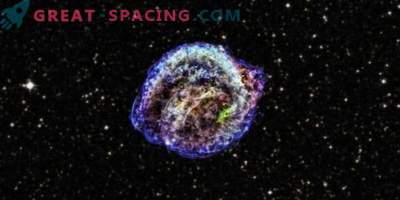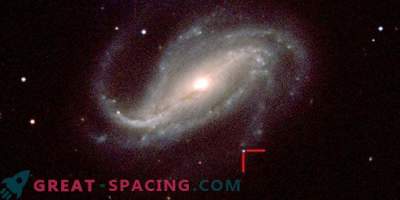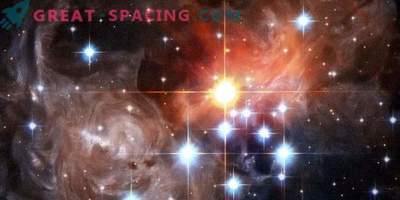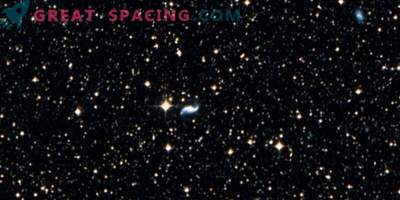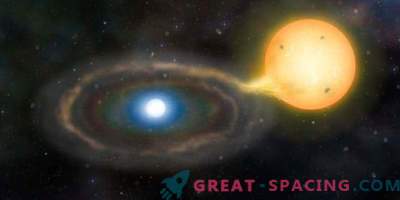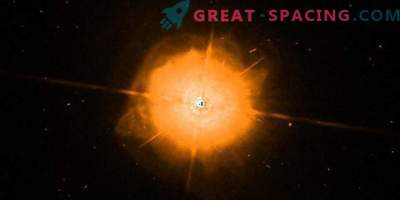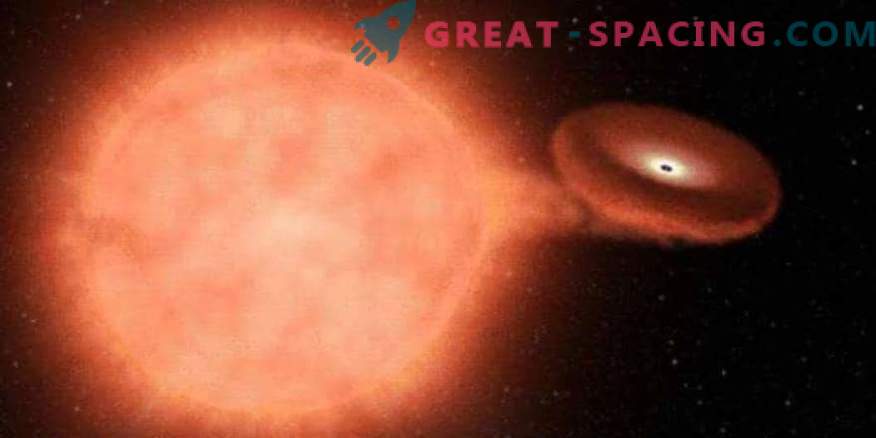
Some theoretical models suggest that an exploding white dwarf (a star without nuclear fuel) affects a nearby star, which is what makes a supernova. In the end, this could be the reason for the appearance of SN 2018oh
An international team of scientists used the Kepler space telescope in coordination with ground-based telescopes to examine in detail the first moments of death of a star. Thus, it was possible to witness the star death in a distant galaxy. The goal of the project is to understand how the stars explode.
In the center of the research appears supernova SN 2018oh. Kepler in the last days of his work (until the end of the fuel) observed the smallest changes in the brightness of the star's explosion, while earth telescopes followed the transformation of the color and atomic composition of the dying star. The combined data provided unprecedented observation of the onset of star death.
SN 2018oh is an example of a supernova Ia type. This type of astronomers use to measure the expansion of the universe and the study of the nature of dark matter. Before Kepler, it was not possible to explore the early stages of a stellar explosion. A typical Ia-type supernova remains bright for 3 weeks and then begins to fade out. However, in this case, the supernova became bright three times faster than a typical object, demonstrating extremely high temperatures. Some theoretical models suggest that the creation of an SN 2018oh served as an exploding white dwarf, which affected the neighboring star. Perhaps the shock wave of an exploding white dwarf touched the star-satellite, creating an incredibly red-hot and bright halo that could explain the extra brightness and high temperature.
It is now clear that such a scenario is capable of causing a certain type of supernova. The retired space telescope, Kepler, changed his view of the Universe, showing that planets were a common phenomenon in space. And now we know how the stars end their lives in a bright explosion. Scientists plan to find out the frequency and prevalence of this type of supernovae in order to clarify cosmological models and improve the estimate of the rate of expansion of the universe.


